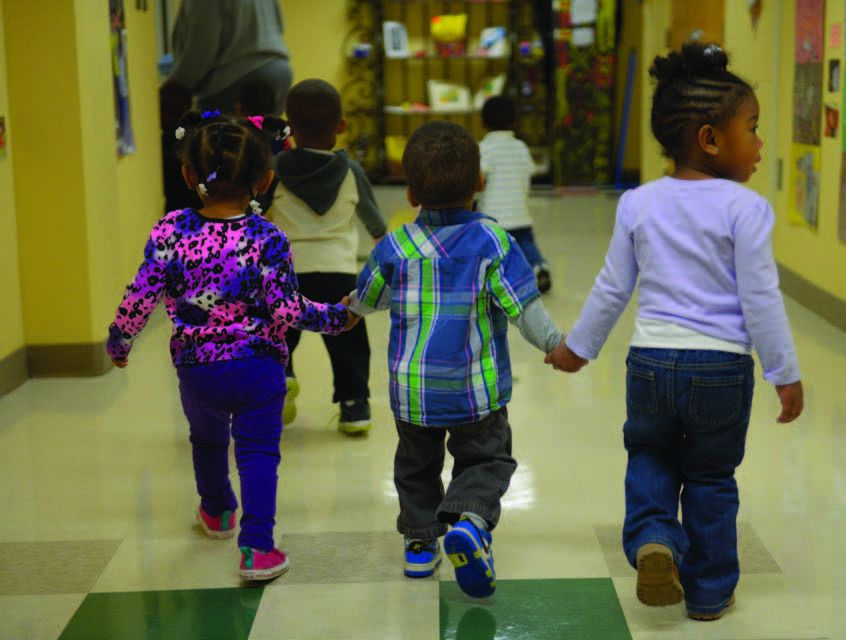
Annie E. Casey Foundation
.
Despite the country’s longest-ever period of economic growth, the share of U.S. children living in high-poverty neighborhoods is on the rise in some states.
“Children Living in High-Poverty, Low-Income Neighborhoods” used the latest data from the U.S. Census Bureau to produce a snapshot of kids in poverty.
The percentage of children in poor neighborhoods rose in 10 states and Puerto Rico from 2008-12 to 2013-17, according to a report released today by the Annie E. Casey Foundation.
About half the states with higher rates of children in concentrated poverty (neighborhoods where overall poverty rates are at least 30%) are in the Northeast: Delaware, Maine, New Hampshire, New Jersey and Pennsylvania. The other states are more spread out: Alaska, Louisiana, Nebraska, New Mexico, Puerto Rico and West Virginia.
While the economy has improved overall, growth hasn’t been even across the board, said Scot Spencer, associate director of advocacy at the Casey Foundation. And it “hasn’t necessarily resulted in jobs that pay a family a sustaining wage.” Climbing out of poverty is extremely difficult, he said.
The report urges policymakers to turn high-poverty communities into places of opportunity.
It recommends that state and local governments preserve and create more affordable housing units, end housing discrimination against formerly incarcerated people and those who use housing vouchers, provide tax relief for people with low and fixed incomes and incentivize “anchor institutions” like hospitals and universities to work with local businesses and contract with businesses owned by women and people of color.
It also calls for more job-training opportunities for people in low-income communities and the development of small-business lending and microloan programs that serve low-income neighborhoods, people of color and those with poor credit or criminal records.
Numbers Higher for Children of Color
The degree of change varied greatly, ranging from a 1% rise in youth in poor neighborhoods in Puerto Rico to a 100% increase in New Hampshire and an even higher jump in Alaska.
Though Puerto Rico saw the smallest gain, its rise masks a dire situation in the U.S. territory. Fully 84% of children there live in concentrated poverty, by far the highest percentage in the country, the report found.
In the District of Columbia, Mississippi and New Mexico, about a quarter of children live in these “high poverty, low-opportunity” communities. The rate is 20% or less in the rest of the country.
Twenty-nine states saw decreases in the percentage of children in concentrated poverty, while 11 experienced no change. Utah and Colorado saw the biggest drops, falling 50% and 44% from 2008-12 to 2013-17.
Overall, the percentage of U.S. children in concentrated poverty also dropped, from 13% (9.4 million kids) from 2008-12 to 12% (8.5 million kids) from 2013-17.
Children of color are especially likely to live in high-poverty neighborhoods. African American and American Indian children are seven times more likely to live in poor neighborhoods than white children, and Latino children are nearly five times as likely, the report found.
These racial and ethnic disparities are the result of a long history of racism and oppression that continues into the present thanks to discriminatory laws and practices, according to the foundation.
Concentrated poverty is more common in urban areas, where 23% of kids live in poor neighborhoods. In rural areas the rate is less than half that at 11%. In the suburbs, only 5% of kids live in poor neighborhoods.
“Following such a long period of national economic growth, we should see widespread poverty reduction for more communities,” said Lisa Hamilton, the Casey Foundation’s president and CEO, in a news release. “It is imperative that we implement policies to revitalize the children and families that remain left behind.”































